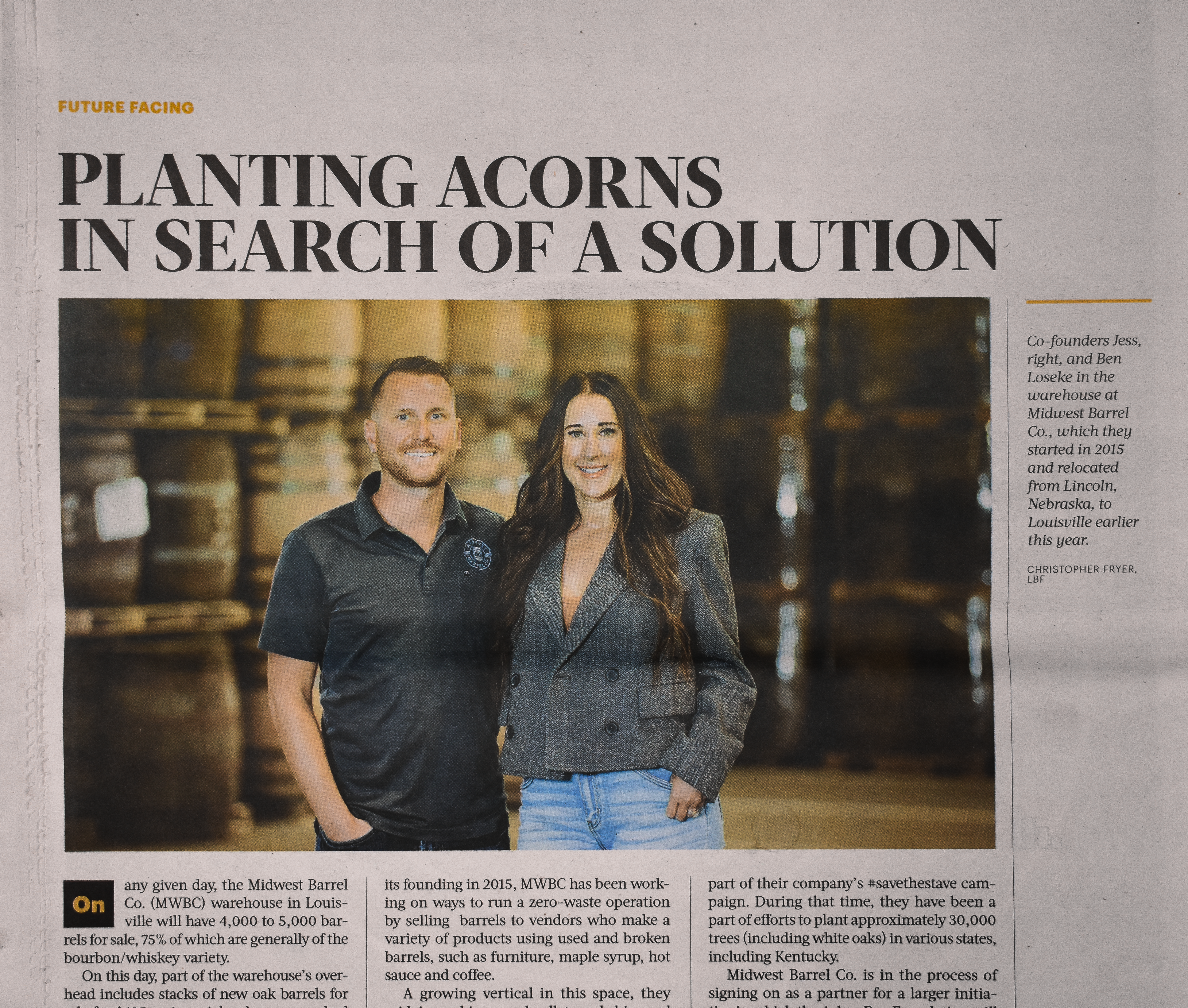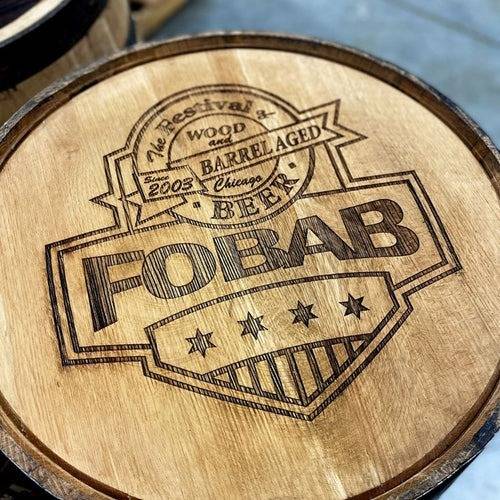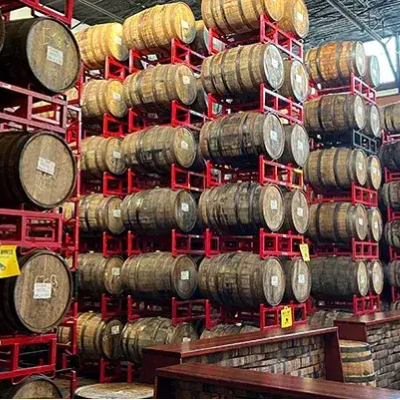What are the differences between American OAK and French oak barrels?
June 9th, 2023

Oak dominates the world of wood barrels.
It always has. If there were an undisputed world heavyweight title for wood barrels and casks, oak would be the reigning champ for centuries now.
No, seriously. The use of oak for storing and then aging beverages dates back to the Roman Empire. The Romans weren’t the first to use oak barrels, but you can bet they quickly tossed out their clay amphoras as soon as they were introduced to the new casks.
Now, fast forward to today. While oak barrels may no longer be the best way to store liquid, they are still favored among brewers, distillers, winemakers and more for how well they age delicious brews and spirits.
Why oak is top dog for barrel-aging

The number one reason barrel-agers love oak? Flavor.
No matter where it comes from, oak is loaded with different flavors. Where it was sourced will determine which notes are more or less prominent.
But more on that later.
Oak is also an ideal barrel wood because of how sturdy it is. Barrels are held together by pressure from their bands or rings – no nails or screws. The wood needs to be strong enough to maintain its shape and not warp.
Finally, oak is just porous enough to allow oxygen to flow in and out of the staves, yet it won’t leak out the barrels contents (unless damaged).
That’s about where the similarities for different sources of oak end.
American oak vs. French oak: What are the differences?

American oak and French oak aren’t the only sources of oak used for barrels. Hungarian oak is a common option for wine barrels, though slightly less popular than French.
There are other sources of oak, too, but we’ll stick to the ones that are used the most: American and French.
You might be asking, “Does it really matter where the oak for a barrel came from?” The answer is, yes, it absolutely matters.
The differences matter even more when it comes to new barrels, but they do come into play with used barrels, too.
Here’s why American vs. French matters.
American oak characteristics
When you age in a new American oak barrel – by far the most common for whiskey and required by law for bourbon – you’re going to get more potent flavors.
That’s because American oak has a looser grain. This feature allows the wood to impart those delicious but stronger flavors of vanilla, coconut, dark chocolate, charcoal and other woody notes. American oak can really dig deep and throw in flavors of dill, eucalyptus, mint and tobacco.
Distillers of whiskey and bourbon prefer American oak – at least at first – because it packs a healthy dose of stronger flavors. Wine makers with bolder, more textured offerings also enjoy American oak for these features.
In addition to flavor, a loose grain doesn’t allow the barrel’s contents to soak quite as deeply into the oak, either. This releases more tannins into the beverage that’s being aged, affecting more of its structure.
American oak barrels also oxidize contents faster, especially wine. This small amount of oxidation is not a bad thing, though. The process can actually lead to even more complex flavors coming forward.
French oak characteristics
With a tighter grain and far less density, French oak is favored among winemakers – and now frequently as a finishing or secondary barrel for whiskey and bourbon distillers – for imparting those more subtle notes and flavors.
French oak barrels are known for being far more subtle and complex in general compared to American oak barrels. Barrel-agers can expect lighter notes of vanilla, caramel along with more roasted and spiced notes.
French oak also has silkier tannins, which can lend something of a creamy quality to wines and other beverages that they age.
The tighter wood grain of French oak also allows the barrel’s contents to absorb deeper into the staves. The result from this is often much more aromatics – especially when the barrel is aging wine.
Toast and char levels also affect the wood

Whether we’re talking American or French oak, there’s another variable that barrel wranglers need to always consider: barrel toast and char levels.
By toasting or charring a barrel, cooperages are opening up the wood and making it easier for any beverage to interact with a wide variety of wood compounds that affect flavor, aroma and even mouthfeel.
The heavier the toast level, the more the wood will open up. This will affect the intensity of the flavor the oak can lend to the beverages aging in the barrel.
The same is true for barrel char levels: The higher the char, the more intense some of the oak’s flavors will appear in the finished product. However, there are certain compounds in oak that are better introduced through lower char or even lower toast levels.
For more information about barrel char and toasts levels, check out our guide on the topic.
Flavor Over Everything

Now that we’ve covered the main differences between American oak barrels and French oak barrels, you should be able to make a more informed decision on which is right for your barrel-aged beverage.
As always, the final decision comes down to the flavors and aromas that you think are best suited for whatever beer, cider, mead, wine or spirit you’re aging.
If you’re on the hunt for barrels and need help sourcing, then you know who to ask. Our crew of barrel experts is always ready to help match you with better barrels for better brews.
Cheers! 🍻

ABOUT THE AUTHOR:
Ben Loseke
Ph.D., and Founder of Midwest Barrel Co. Barrel expert. Plant doctor. American picker. Only known allergies: spicy food and meetings.






